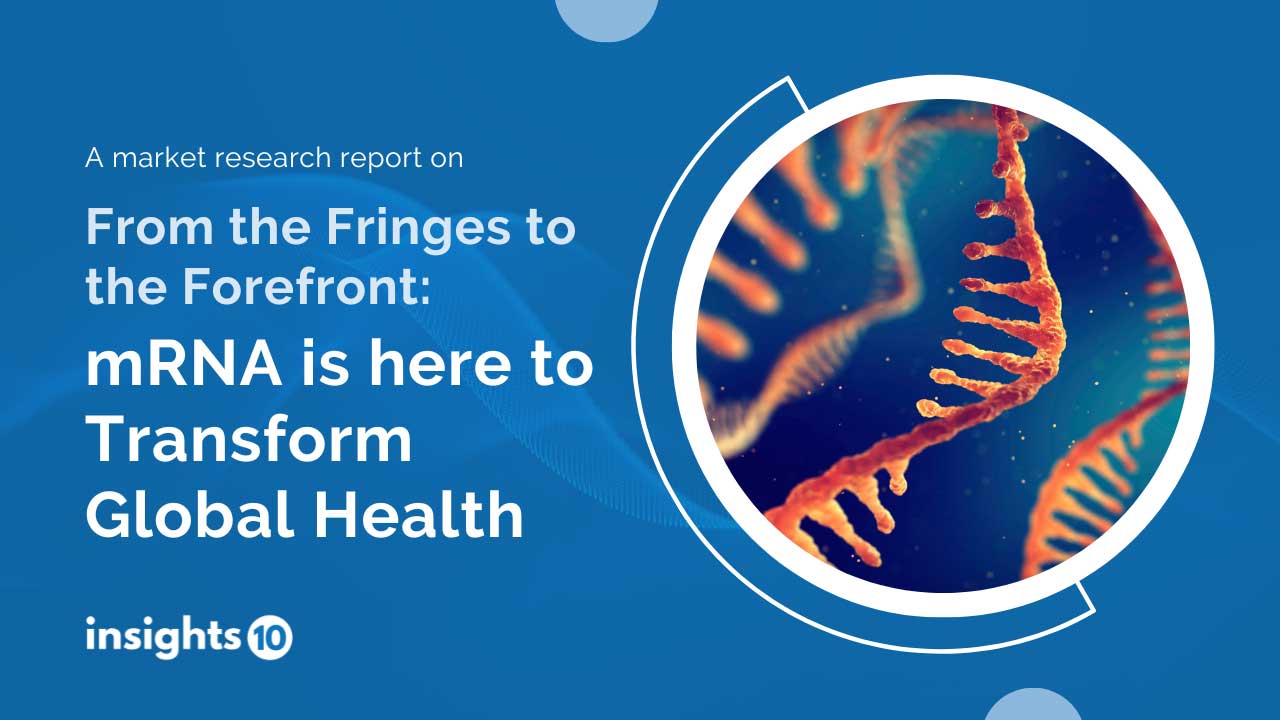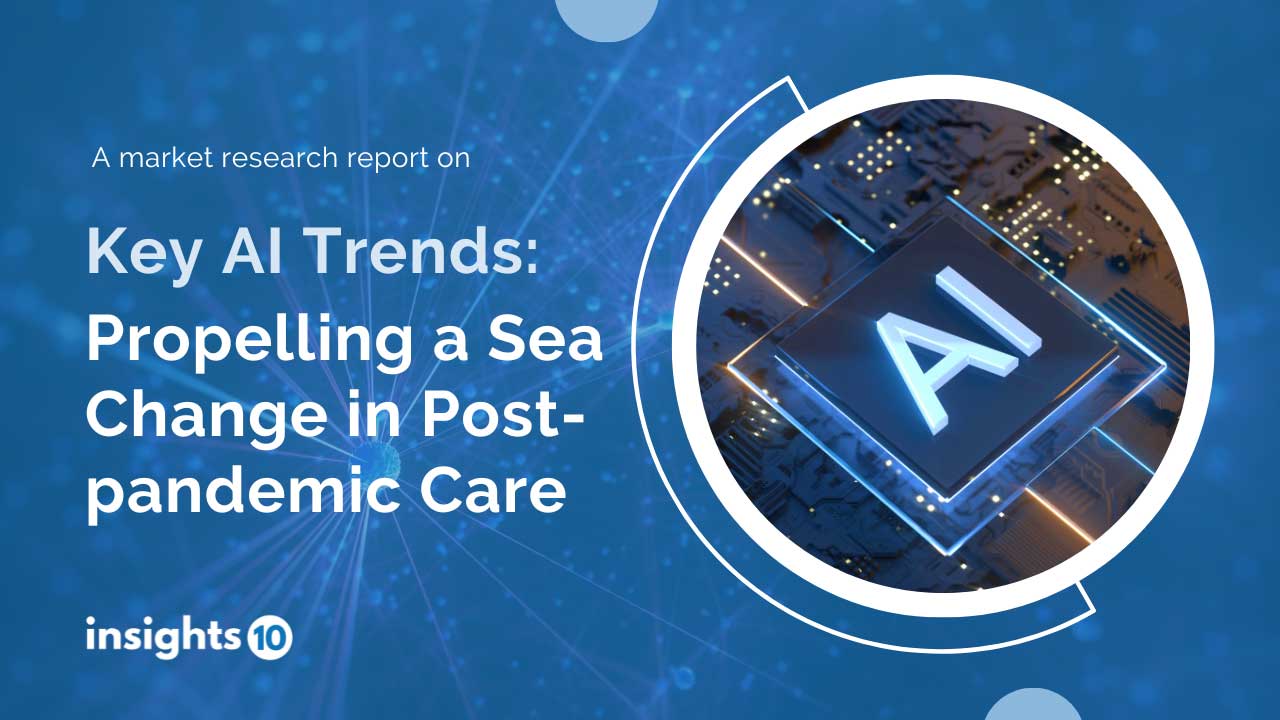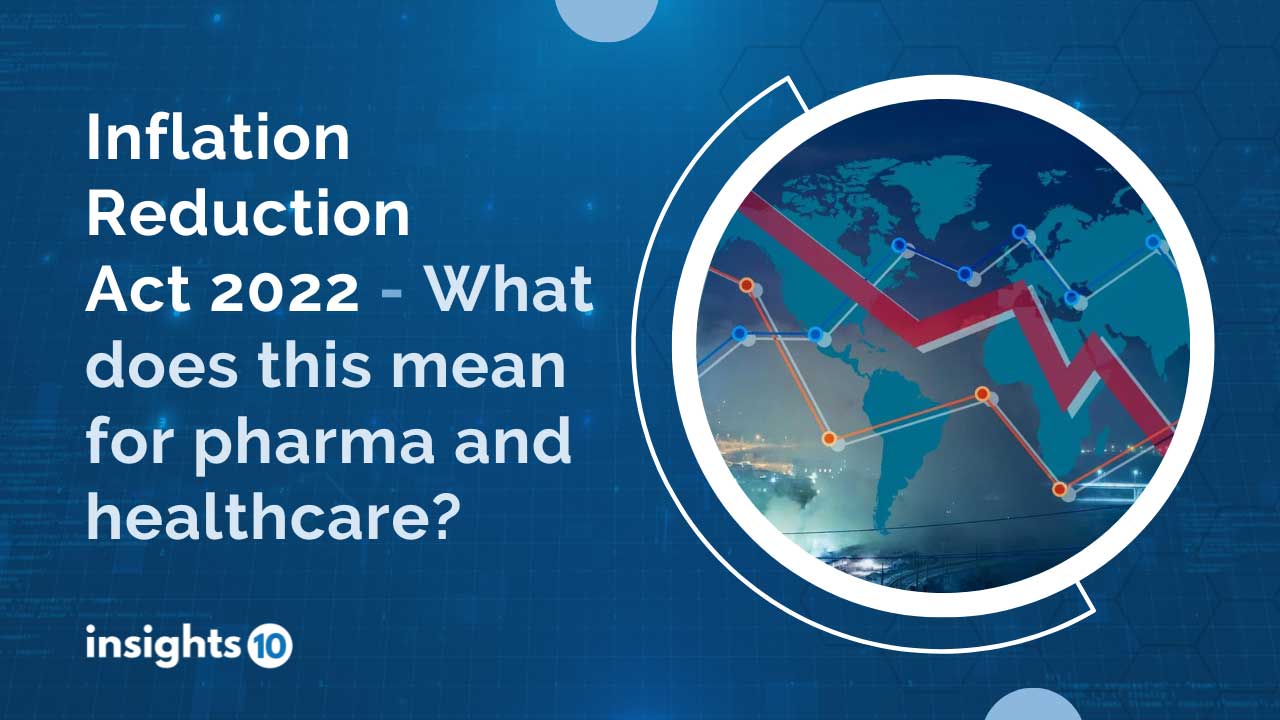10 Healthcare Players aiming Beyond Health Equality to Conquer Health Equity
Pharma's reputation may have improved during the pandemic, but that also meant that diversity, equity, and inclusion (DEI) issues were given more attention. Pharma companies have mostly concentrated on equality in recent years, but this new era of health equity is needed to address the expanding population's DEI challenges.
Buy Now Download Sample Report

Higher-quality data expanded problem-solving, better-targeted interventions, and increased collaboration across the healthcare ecosystem all contribute to the virtuous circle that is health equity.
Health Equity: A Virtuous Cycle
Pharmaceutical and life sciences companies has unlocked new opportunities, help underserved patients, and build a cycle of trust to drive a virtuous cycle
- Analyse (High Quality Data)
Consider the information and data we have now
- Expand (Problem Solving)
Consider whose problems we have been solving
- Challenge (Targeted Approaches)
Consider why some groups are not receiving the appropriate medicine or therapy at the right time
- Engage (Better Collaboration)
Consider whom else we can collaborate with to fill the identified gaps, & how we can encourage more people to receive needed care
Factors Manifesting Health Equity
Intricately complicated health disorders can progress, and access disparities, unmet needs, or marginalized communities can all be signs of health inequities
- Unmet Needs
Lack of adequate alignment between innovation initiatives and the global burden of disease
- Limited Access
Patients who are unable to access or afford needs like wholesome food, suitable treatment, or essential medications
- Underserved Communities
Determinants of ecological health (including payers and providers) failing to engage groups appropriately for the needs of group members
Healthcare Players Aiming Healthcare Equity
- Bayer
- Bayer’s U.S. business nabbed a perfect score from the Human Rights Campaign Foundation’s Corporate Equality Index
- Helps boost the overall ranking from alva for the company, which also has a major focus on food and nutrition and agriculture
- Bayer also works with the new Women in STEM leadership pilot program across 12 countries that the Pistoia Alliance recently announced
- Gilead
- Gilead repurposing Ebola drug remdesivir as the first treatment for COVID boosted its overall reputation last year
- Gilead launched Zeroing In: Ending the HIV Epidemic, which gifted $24 million in grants to 116 organizations in 41 countries to tackle the problem on the ground
- The company wants to hire or promote 200 Black Americans without a four-year degree while also increasing Hispanic representation to 15% of its U.S. workforce and 3.7% of leadership roles and boosting female leadership representation to 39%
- Sanofi
- The Paris-based company has launched an Employee Resource Group (ERG) framework in which voluntary, employee-led ERGs will focus on five areas—gender, generations, pride, ability and culture and origins
- Sanofi’s DE&I strategy 2025 goals revolve around three key pillars: building representative leadership, creating a work environment where employees can bring their whole selves and engaging with the company’s diverse communities
- Bristol Myers Squibb
- BMS has been at the forefront of the fight to boost diversity by issuing $7.9Mn of health equity grants to 24 U.S. nonprofit organizations aimed at improving access and quality care to medically underserved patients and communities
- BMS until 2025 will accelerate five diversity and inclusion and health equity commitments—addressing disparities in healthcare, increasing diversity in clinical trials, expanding supplier diversity, enhancing employee giving to social justice organizations and increasing workforce representation
- Johnson & Johnson
- 2022 was Year 1 of the pharma’s Health for Humanity 2025 plan
- The program comes with 20 key goals like boosting women in management, greater diversity in senior teams and improving health equity by developing treatments for underserved HIV and tuberculosis patient communities
- By 2025, the pharma has pledged to have 50% of management positions globally made up of women and also 35% ethnic/racial diversity in U.S. management positions
- Merck
- To boost diversity in its clinical trials, Merck is working to build new partnerships with organizations like Black Health Matters, the National Urban League and the Lazarex Cancer Foundation
- The company granted voluntary licenses to several Indian generic manufacturers in an effort to boost the availability of molnupiravir in India and in other low- and middle-income countries
- Also teamed up with Johnson & Johnson to scale up production of J&J's single-shot COVID vaccine to help expand global access
- Pfizer
- Pfizer recently teamed up with trial site network Headlands Research to break ground on several new research sites in diversely populated areas. A new Headlands facility is set to take root in Brownsville, Texas—a city of about 180,000 on the border of Mexico
- Pfizer has joined the Paradigm for Parity coalition, aiming to achieve “full gender parity” by 2030, with a near-term goal of women holding at least 30% of senior roles
- AstraZeneca
- The Anglo-Swedish Big Pharma's strategy includes two 2025 goals: to reach gender equality in management positions and to launch supplier diversity programs in 10 new countries outside the US
- AstraZeneca also participates in the Pistoia Alliance’s new Women in STEM leadership pilot program to enable leadership and mentoring skill development while furthering workplace diversity
- Takeda
- Takeda launched the Center for Health Equity and Patient Affairs (HEPA) as a center of excellence in 2021 and hopes to make it a leader in health equity and patient centricity to “create a more inclusive ecosystem and strengthen trust and reputation with patients and other key external stakeholders around the world
- Takeda is also looking to roll out an enterprise-wide Candidate Relationship Management tool connected with an Applicant Tracking System that it hopes will “create inclusive talent communities”
- Biogen
- Biogen created a new four-point plan to focus on building a more diverse workforce “at all levels” as well as “building awareness, capability and a sustained urgency to act”
1. Executive Summary
1.1 Disease Overview
1.2 Global Scenario
1.3 Country Overview
1.4 Healthcare Scenario in Country
1.5 Patient Journey
1.6 Health Insurance Coverage in Country
1.7 Active Pharmaceutical Ingredient (API)
1.8 Recent Developments in the Country
2. Market Size and Forecasting
2.1 Epidemiology of Disease
2.2 Market Size (With Excel & Methodology)
2.3 Market Segmentation (Check all Segments in Segmentation Section)
3. Market Dynamics
3.1 Market Drivers
3.2 Market Restraints
4. Competitive Landscape
4.1 Major Market Share
4.2 Key Company Profile (Check all Companies in the Summary Section)
4.2.1 Company
4.2.1.1 Overview
4.2.1.2 Product Applications and Services
4.2.1.3 Recent Developments
4.2.1.4 Partnerships Ecosystem
4.2.1.5 Financials (Based on Availability)
5. Reimbursement Scenario
5.1 Reimbursement Regulation
5.2 Reimbursement Process for Diagnosis
5.3 Reimbursement Process for Treatment
6. Methodology and Scope
Methodology for Database Creation
Our database offers a comprehensive list of healthcare centers, meticulously curated to provide detailed information on a wide range of specialties and services. It includes top-tier hospitals, clinics, and diagnostic facilities across 30 countries and 24 specialties, ensuring users can find the healthcare services they need.
Additionally, we provide a comprehensive list of Key Opinion Leaders (KOLs) based on your requirements. Our curated list captures various crucial aspects of the KOLs, offering more than just general information. Whether you're looking to boost brand awareness, drive engagement, or launch a new product, our extensive list of KOLs ensures you have the right experts by your side. Covering 30 countries and 36 specialties, our database guarantees access to the best KOLs in the healthcare industry, supporting strategic decisions and enhancing your initiatives.
How Do We Get It?
Our database is created and maintained through a combination of secondary and primary research methodologies.
1. Secondary Research
With many years of experience in the healthcare field, we have our own rich proprietary data from various past projects. This historical data serves as the foundation for our database. Our continuous process of gathering data involves:
- Analyzing historical proprietary data collected from multiple projects.
- Regularly updating our existing data sets with new findings and trends.
- Ensuring data consistency and accuracy through rigorous validation processes.
With extensive experience in the field, we have developed a proprietary GenAI-based technology that is uniquely tailored to our organization. This advanced technology enables us to scan a wide array of relevant information sources across the internet. Our data-gathering process includes:
- Searching through academic conferences, published research, citations, and social media platforms
- Collecting and compiling diverse data to build a comprehensive and detailed database
- Continuously updating our database with new information to ensure its relevance and accuracy
2. Primary Research
To complement and validate our secondary data, we engage in primary research through local tie-ups and partnerships. This process involves:
- Collaborating with local healthcare providers, hospitals, and clinics to gather real-time data.
- Conducting surveys, interviews, and field studies to collect fresh data directly from the source.
- Continuously refreshing our database to ensure that the information remains current and reliable.
- Validating secondary data through cross-referencing with primary data to ensure accuracy and relevance.
Combining Secondary and Primary Research
By integrating both secondary and primary research methodologies, we ensure that our database is comprehensive, accurate, and up-to-date. The combined process involves:
- Merging historical data from secondary research with real-time data from primary research.
- Conducting thorough data validation and cleansing to remove inconsistencies and errors.
- Organizing data into a structured format that is easily accessible and usable for various applications.
- Continuously monitoring and updating the database to reflect the latest developments and trends in the healthcare field.
Through this meticulous process, we create a final database tailored to each region and domain within the healthcare industry. This approach ensures that our clients receive reliable and relevant data, empowering them to make informed decisions and drive innovation in their respective fields.
To request a free sample copy of this report, please complete the form below.
We value your inquiry and offer free customization with every report to fulfil your exact research needs.













































